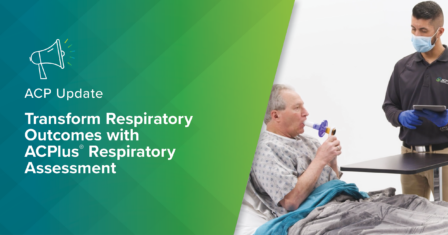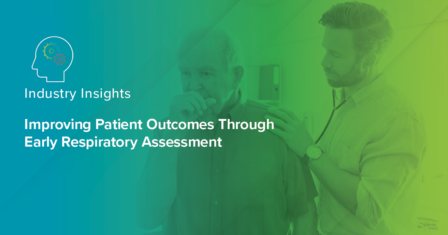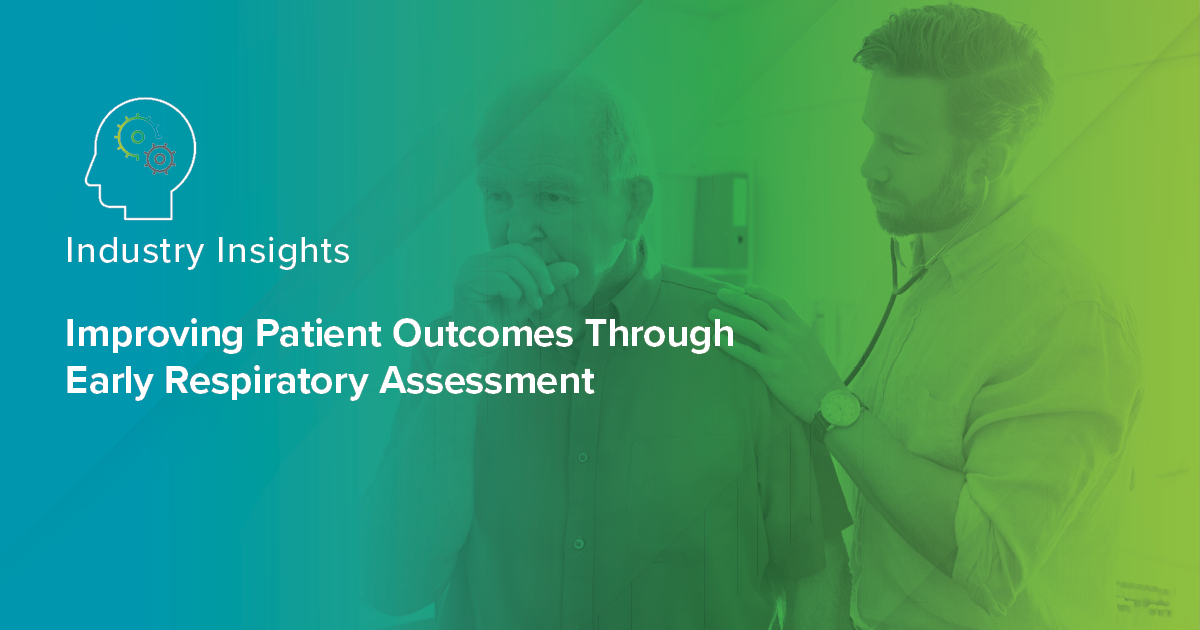We are thrilled to announce the launch of our newest product, ACPlus® Respiratory Assessment, or ARA. ARA is an innovative software enabling skilled nursing operators to proactively identify patients with pulmonary dysfunction and provide them with the care they need. ARA’s objective data helps clinicians build an effective treatment plan while providing robust documentation needed to justify respiratory care and support reimbursement.
ARA Features & Results
ARA makes respiratory assessment easier than ever. Here are just a few of the key features that make it a powerful tool to enhance your respiratory care:
- Data-Driven Care: ARA identifies patients with pulmonary dysfunction and automatically suggests possible lung disease patterns and severity levels to deliver the precise data needed to build an individualized treatment plan.
- Early Patient Identification: ARA helps capture potential respiratory concerns during the initial assessment, which is more critical than ever with higher acuity patient populations and today’s PDPM requirements.
- Robust Documentation: ARA’s objective data provides documentation required to justify respiratory care, helping you get reimbursed for the true complexity of your patient population.
Don’t just take our word for it – we implemented ARA in skilled nursing facilities and found that ARA helped operators:1
- Conduct efficient, standardized respiratory assessment
- Identify undiagnosed respiratory deficits
- Establish baseline respiratory deficits upon admission
- Eliminate external spirometry Pulmonary Function Test wait time
- Justify respiratory services
- Enhance treatment planning
Explore our study to learn how inpatient, outpatient, and contract rehab providers within skilled nursing have used ARA and see their results.
How ARA Works
ARA is designed to be simple and easy to use, seamlessly integrating respiratory assessment into clinical workflows.
- Using an iPad and Bluetooth spirometer, a clinician can select a patient in the app, enter their demographics, and conduct breathing tests that capture baseline metrics.
- ARA interprets the data to suggest possible lung disease patterns and severity levels the clinical team can use to tailor the best treatment plan for that patient.
- If a re-assessment is needed, the clinician can access the patient’s record and easily conduct a follow-up.
Unlock Efficiencies with EHR Integration
You can get even more out of ARA through EHR integration with PointClickCare. By enabling EHR integration, ACPlus can instantly sync ARA results, reports, and notes with your EHR at the point of service, proactively identifying patients who may benefit from respiratory therapy upon admission.
Transform Your Respiratory Care with ARA
We believe that ARA has the potential to help SNFs tap into the power of respiratory care, provide more targeted interventions, and ultimately achieve better patient outcomes. Are you ready to bring the power of ARA to your facility? Contact your CPC or request a free demo to get started.
- Based on ACPlus Respiratory Assessment Pilot Study data. ↩︎
MRK-BLOG-003



